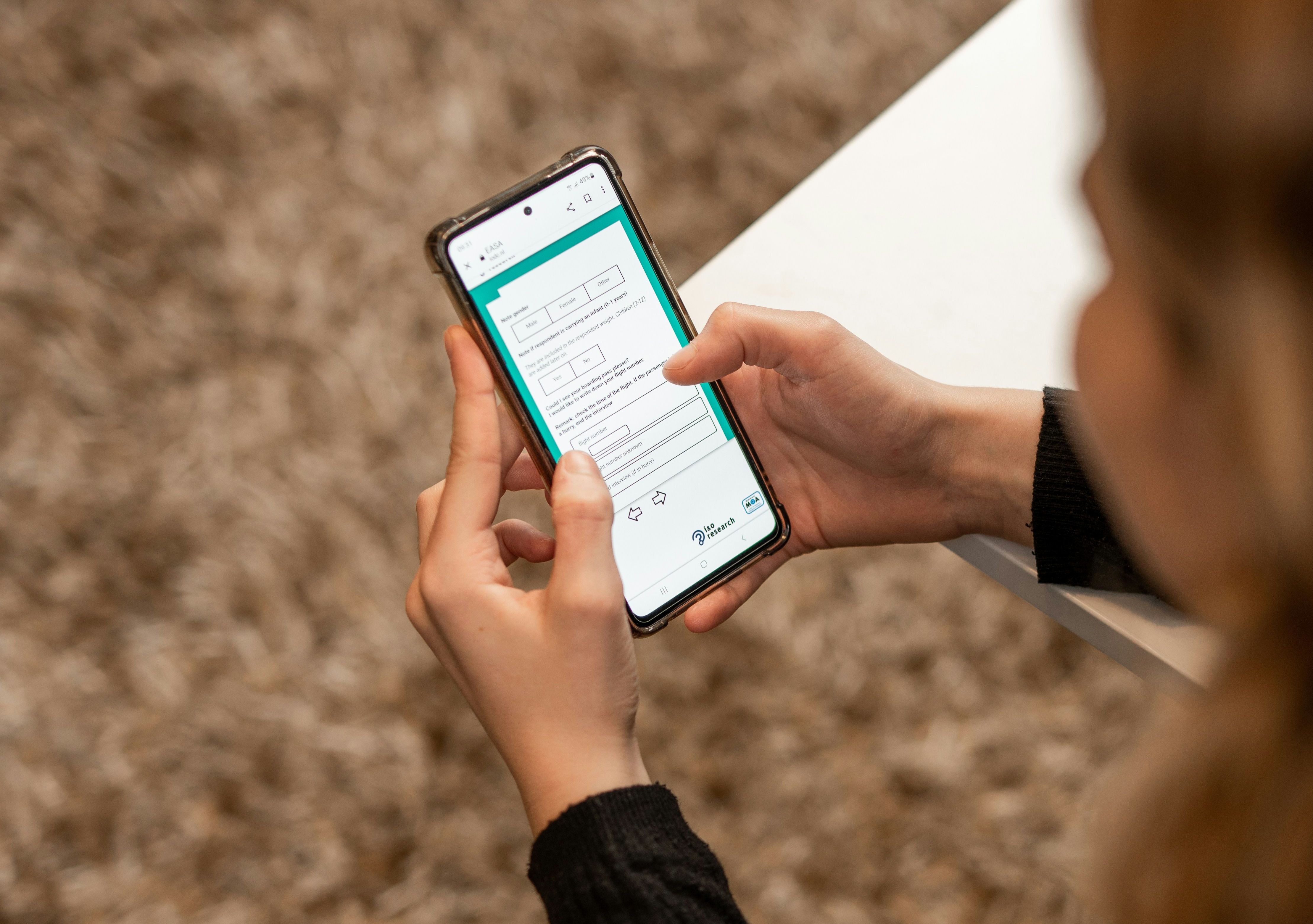This blog was originally published in 2022 and has been updated for 2025 to reflect the latest trends, legislation, and best practices in app data privacy.
The conversation around digital privacy has never been louder. From high-profile bans on TikTok in multiple countries to ongoing investigations into how AI systems process personal data, security and privacy are now front-page issues for governments, developers, and users alike.
TikTok (one of the world’s most downloaded apps) surpassed 1.5 billion monthly active users and generated $23 billion in revenue in 2024. Yet, concerns around how it handles user data persist. Several governments, including the UK, US, and Canada, have restricted its use on official devices amid concerns about surveillance and data misuse.
It’s a stark reminder that trust is everything. Whether you’re building a wellness app, an enterprise platform, or a travel booking tool, your users expect their data to be handled safely and transparently. A single data breach can devastate brand trust and the cost of failure is steep. According to a report, the global average breach cost reached $4.88 million, a 10% increase from 2022.
With that in mind, here’s our updated 2025 guide to app security and data privacy, designed to help product owners protect their users, safeguard their brand, and stay compliant in an evolving regulatory landscape.







